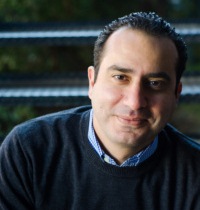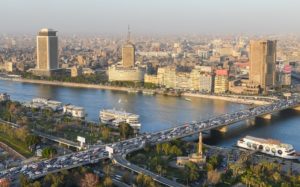
Marwan Batrouni, BCD Travel’s vice president of Global Hotel Strategy, separates fact from fiction with answers to corporate travel buyers’ hotel sourcing questions. Here he shares expertise on how best available rates really work, the value of hotel audits and ways travel buyers can use existing tools to make quick improvements to their programs.
Q: If I negotiate best available rate (BAR) and last room availability (LRA), can I count on getting them every time?
A: No. While these terms may seem absolute, they’re not. Both are dependent on how hotels approach revenue management. Hotels are getting more sophisticated and implementing new technologies to drive revenue premiums. Their results depend on how they define room and rate categories to manage yield. For example, a hotel may define BAR as the best available unrestricted rate. Or a property may limit LRA by room type, such as a standard room, however they define that.
The inventory in these categories is typically limited to allow the hotel more flexibility to manage availability and increase yields. These nuances can make it very difficult for travel buyers to validate they’re getting what they negotiated. Despite your best effort to negotiate a fixed rate and drive traveler compliance, it might not be available as often as you think. Implementing hotel audits and using alternative content are good moves in this environment because they give you and your travelers access to all opportunities in the market.
Q: Do hotel program audits really help?
A: Yes. Audits verify you’re getting what you worked so hard to negotiate. There are several types of audits that, when used collectively, yield significant savings.
- Rate loading and accuracy: After your negotiations are complete, a rate-loading audit ensures your rates are not only loaded, but also loaded accurately. These audits find problems early, and that’s important because every day your rates aren’t loaded properly, you lose savings.
- Rate availability: As I mentioned before, negotiated rates may not always be available, and the extent of that unavailability might surprise you. A rate availability audit checks how often your negotiated rates are—or are not—available. If lack of availability is adding costs to your program, ask the hotel to address it.
- Best available rate: BAR, or market rate, audits check to see if your negotiated rate is competitive in the market. If travelers can consistently secure a market rate that’s lower than your negotiated rate, with all other criteria being the same, then your negotiations aren’t working hard enough for you. Use BAR audits as backup to renegotiate with the hotel.
Q: Is there anything I can do immediately to get better hotel rates?
A: For BCD clients, TripSource® is an already-available tool that’s extremely helpful in finding better rate opportunities. When travelers shop for hotels on TripSource, they see not only their company’s negotiated rates, but also a wide variety of alternative content across hotel booking aggregators (HBAs), online travel agencies (OTAs) and BCD’s own proprietary rates. Travelers can look for the best deals, comparing your negotiated rate against the market.
Travel managers can gain actionable insights from travelers’ hotel booking patterns in TripSource. Are they booking a lot of online travel agency content? Or booking at your preferred property but outside your negotiated rates? If so, that’s a sign your negotiated rates may not be competitive. You can address it with the hotel right away and renegotiate that rate. Then use TripSource data to assess the success of your new negotiated rate.
This continuous improvement cycle lets you reap savings opportunities throughout the year, rather than just during annual requests for proposals. This kind of Dynamic Performance ManagementTM can replace your once-a-year hotel negotiation process—and result in substantial improvement. As an example, one of our clients, with US$12.4 million in hotel spend, implemented DPM and realized nearly 4% savings in their Top 10 markets. That’s a huge contribution to the bottom line.
Check out more expert advice on how to get great hotel rates, and learn how booking via TripSource can help you meet hotel program goals.

